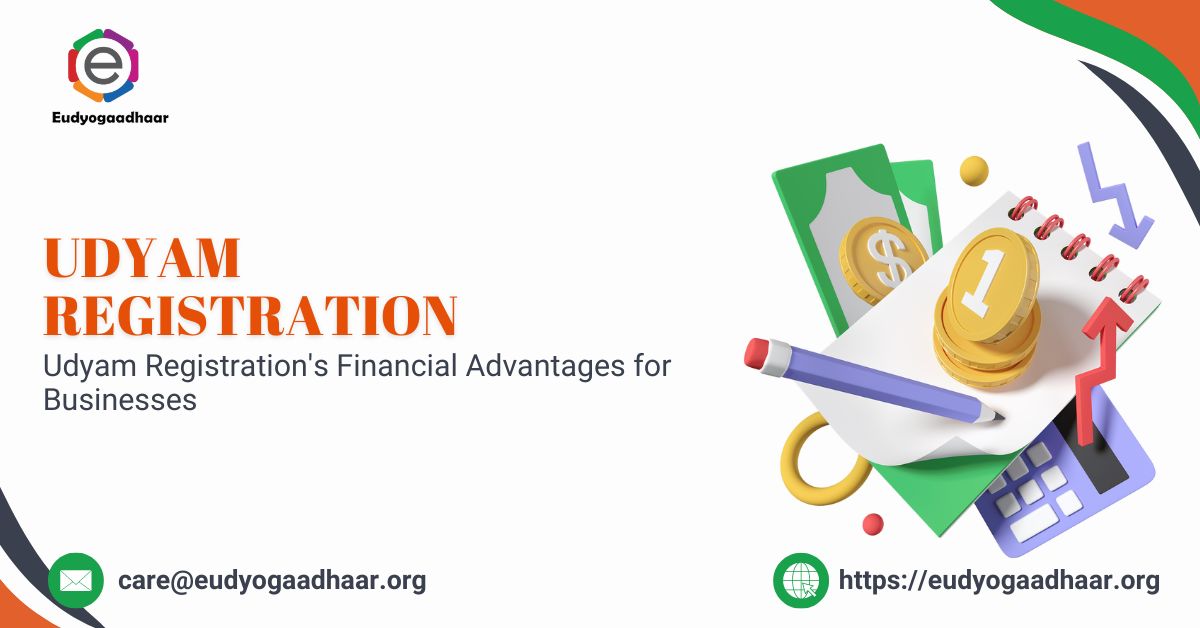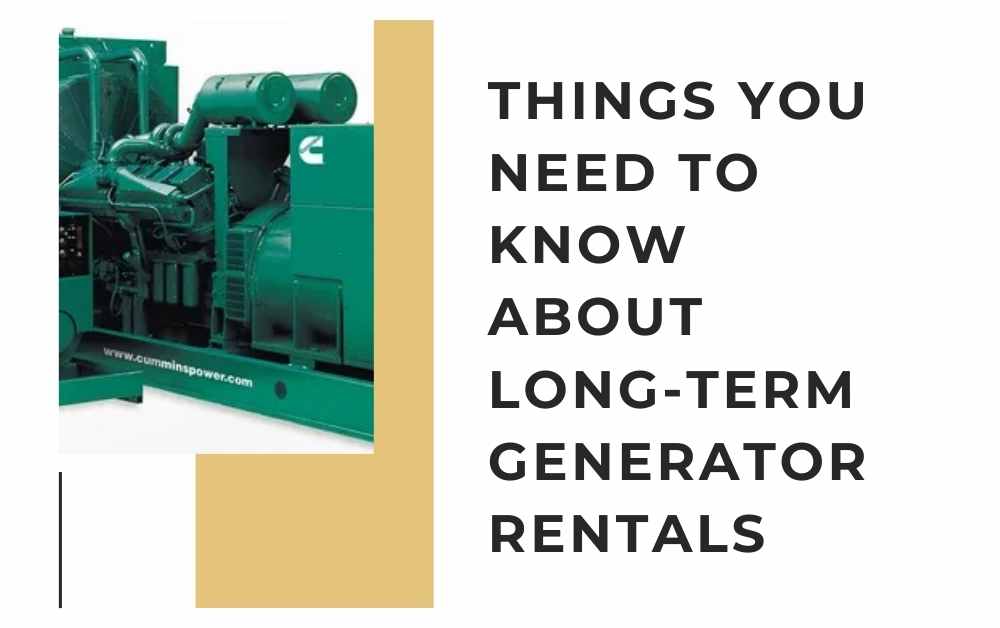
I. Introduction to ISO 50001 Certification
A. Overview of ISO 50001 Standard
ISO 50001 is an international standard that provides a framework for organizations to establish, implement, maintain, and improve an Energy Management System (EnMS). It outlines requirements for systematic management of energy use, including energy efficiency, consumption, and reduction of greenhouse gas emissions. ISO 50001 helps organizations develop a structured approach to continually improve energy performance and achieve sustainability goals.
B. Importance of ISO 50001 Certification
ISO 50001 certification is crucial for organizations aiming to enhance energy efficiency, reduce operational costs, and demonstrate commitment to sustainability. By implementing an EnMS aligned with ISO 50001, organizations can systematically identify energy-saving opportunities, optimize energy use, and comply with regulatory requirements. Certification enhances organizational credibility, attracts environmentally conscious customers, and supports long-term business resilience in a competitive global market.
II. Understanding ISO 50001
A. Definition and Objectives
ISO 50001 is an internationally recognized standard that specifies requirements for establishing, implementing, maintaining, and improving an Energy Management System (EnMS). Its primary objective is to enable organizations to systematically manage energy use, enhance energy efficiency, and reduce greenhouse gas emissions through a structured approach to energy management.
B. Evolution and Adoption
ISO 50001 evolved from existing national and regional standards on energy management, incorporating best practices and feedback from global stakeholders. Its adoption has been driven by increasing global awareness of energy conservation, sustainability goals, and regulatory pressures to reduce carbon footprints. Organizations adopt ISO 50001 to streamline operations, achieve cost savings, and align with international energy management standards.
III. Key Requirements of ISO 50001
A. Energy Policy and Planning
Establishing an energy policy is foundational to ISO 50001 compliance. Organizations must define energy objectives, outline a commitment to continual improvement, and ensure alignment with business goals. Energy planning involves conducting an energy review, identifying significant energy uses, setting energy performance indicators (EnPIs), and developing action plans to achieve targets and enhance energy efficiency across operations.
B. Implementation and Operation
Implementing an Energy Management System (EnMS) requires integrating energy management into daily operations. This includes allocating resources, defining roles and responsibilities, and implementing operational controls to monitor, measure, and manage energy performance. Operational activities involve executing energy-saving initiatives, deploying efficient technologies, and ensuring compliance with planned EnMS procedures to optimize energy use and minimize waste.
C. Checking and Corrective Action
The checking phase involves monitoring and evaluating energy performance against established EnPIs and operational controls. Organizations conduct regular audits, inspections, and measurements to identify deviations, assess compliance, and detect energy inefficiencies. Corrective actions are initiated to address non-conformities, improve processes, and enhance EnMS effectiveness. This iterative process ensures continuous improvement and alignment with ISO 50001 requirements.
D. Management Review
Management review is crucial for maintaining ISO 50001 certification. Top management periodically evaluates EnMS performance, reviews energy objectives, and assesses the effectiveness of energy management strategies. Reviews include analyzing energy data, reviewing audit findings, and determining opportunities for improvement. Management commitment ensures organizational support for EnMS initiatives, drives resource allocation, and reinforces a culture of energy efficiency and sustainability.
IV. Benefits of ISO 50001 Certification
A. Energy Efficiency and Cost Savings
ISO 50001 certification facilitates systematic energy management, leading to improved energy efficiency and significant cost savings. By identifying energy-saving opportunities, optimizing energy use, and implementing efficient practices, organizations reduce operational expenses associated with energy consumption while enhancing their bottom line and financial sustainability.
B. Environmental Sustainability
ISO 50001 promotes environmental sustainability by reducing greenhouse gas emissions, minimizing energy waste, and conserving natural resources. Organizations mitigate their environmental impact through responsible energy management practices, contributing to global sustainability goals and demonstrating commitment to environmental stewardship and corporate social responsibility.
C. Enhanced Organizational Reputation
Certification to ISO 50001 enhances organizational reputation by showcasing a commitment to energy efficiency and sustainability. It signals to stakeholders, customers, and partners that the organization prioritizes environmental responsibility, operational excellence, and compliance with international standards. A positive reputation as a responsible corporate citizen can lead to increased trust, market competitiveness, and business opportunities in sustainable markets.
V. Steps to Achieve ISO 50001 Certification
A. Initial Energy Review and Gap Analysis
Begin with an initial energy review to assess current energy use, identify significant energy sources, and evaluate existing energy management practices. Conduct a comprehensive gap analysis comparing current practices against ISO 50001 requirements to determine areas needing improvement and establish a baseline for developing an Energy Management System (EnMS).
B. Development of Energy Management System (EnMS)
Developing an EnMS involves establishing energy policies, objectives, and targets aligned with organizational goals. Define roles, responsibilities, and resources required to implement the EnMS effectively. Document procedures for energy planning, implementation, operation, and performance evaluation to ensure systematic energy management and continual improvement.
C. Monitoring, Measurement, and Continuous Improvement
Establish procedures for monitoring, measuring, and analyzing energy performance indicators (EnPIs) to track progress towards energy objectives and targets. Conduct regular audits, inspections, and reviews to assess EnMS effectiveness, identify areas for improvement, and implement corrective actions. Foster a culture of continuous improvement by engaging employees, sharing best practices, and adapting strategies to achieve sustainable energy performance.
VI. Challenges in Obtaining ISO 50001 Certification
A. Common Challenges Faced
-
Resource Constraints: Organizations often face challenges in allocating adequate financial and human resources to implement and maintain an effective Energy Management System (EnMS) aligned with ISO 50001 requirements.
-
Complexity of Energy Data Management: Managing and analyzing energy data can be complex, especially for organizations with diverse operations or lacking robust data management systems.
-
Organizational Resistance to Change: Resistance from employees and management to adopt new energy management practices and integrate them into existing processes can hinder EnMS implementation.
-
Lack of Energy Expertise: Insufficient internal expertise and knowledge about energy management principles and ISO 50001 requirements may pose challenges in effectively implementing EnMS.
-
Documentation and Record-Keeping: Maintaining accurate documentation and records as required by ISO 50001 can be challenging, particularly in organizations with decentralized operations or outdated documentation practices.
B. Strategies to Overcome Challenges
-
Leadership Commitment and Support: Gain leadership buy-in and support to prioritize energy management initiatives, allocate necessary resources, and champion EnMS implementation across the organization.
-
Employee Engagement and Training: Foster a culture of energy efficiency by involving employees in EnMS development, providing training on energy management principles, and empowering them to contribute to energy-saving initiatives.
-
Incremental Implementation Approach: Adopt a phased approach to implementing ISO 50001, starting with pilot projects or high-energy-consuming areas. This allows for testing and refining strategies before scaling them across the organization.
-
External Expertise and Consultation: Seek guidance from external energy management consultants or experts to provide specialized knowledge, conduct energy audits, and offer recommendations tailored to ISO 50001 requirements.
VIII. Maintaining ISO 50001 Certification
A. Continuous Improvement and Review
Continuous improvement is essential for maintaining ISO 50001 certification. Regularly review energy performance, identify opportunities for improvement, and update energy management practices. Engage employees in identifying efficiencies and implementing best practices to enhance energy performance continually.
B. Internal Audits and Performance Evaluation
Conduct internal audits to assess compliance with ISO 50001 requirements and the effectiveness of the Energy Management System (EnMS). Evaluate energy performance indicators, audit findings, and corrective actions to ensure alignment with energy objectives. Internal audits help identify gaps, verify implementation effectiveness, and maintain EnMS robustness over time.
C. Energy Performance Monitoring and Reporting
Monitor energy performance through systematic data collection, analysis of energy consumption trends, and comparison with established EnMS targets. Regularly report on energy performance indicators to stakeholders, management, and external parties as required. Transparent reporting demonstrates commitment to energy efficiency and sustainability, reinforcing organizational credibility and compliance with ISO 50001 standards.
IX. Conclusion
A. Recap of Key Points
ISO 50001 certification provides organizations with a structured framework to improve energy efficiency, reduce costs, and enhance sustainability through effective energy management practices. Key steps include initial energy review, EnMS development, implementation, and continuous improvement.
B. Final Thoughts on the Value of ISO 50001 Certification
ISO 50001 certification not only supports operational cost savings and compliance but also demonstrates commitment to environmental responsibility and sustainable practices. It enhances organizational reputation, attracts environmentally conscious stakeholders, and positions businesses for long-term success in a competitive global marketplace focused on energy efficiency and sustainability.






